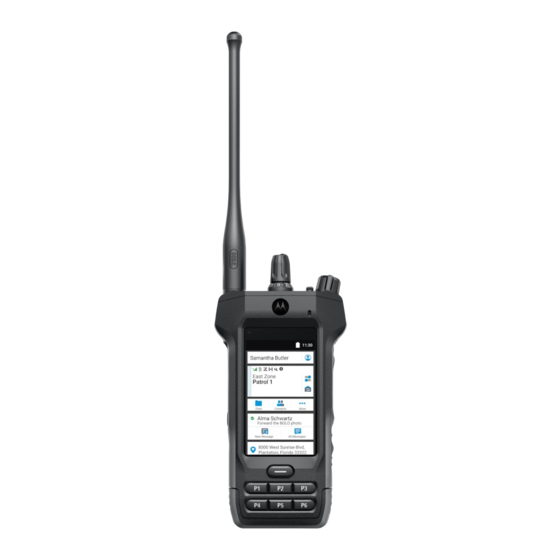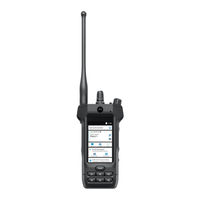
Motorola solutions APX N70 Manuals
Manuals and User Guides for Motorola solutions APX N70. We have 3 Motorola solutions APX N70 manuals available for free PDF download: User Manual, Quick Start Manual
Motorola solutions APX N70 User Manual (122 pages)
Brand: Motorola solutions
|
Category: Two-Way Radio
|
Size: 1 MB
Table of Contents
Advertisement
Motorola solutions APX N70 User Manual (104 pages)
Brand: Motorola solutions
|
Category: Two-Way Radio
|
Size: 1 MB
Table of Contents
Motorola solutions APX N70 Quick Start Manual (8 pages)
Brand: Motorola solutions
|
Category: Radio
|
Size: 0 MB
Table of Contents
Advertisement


